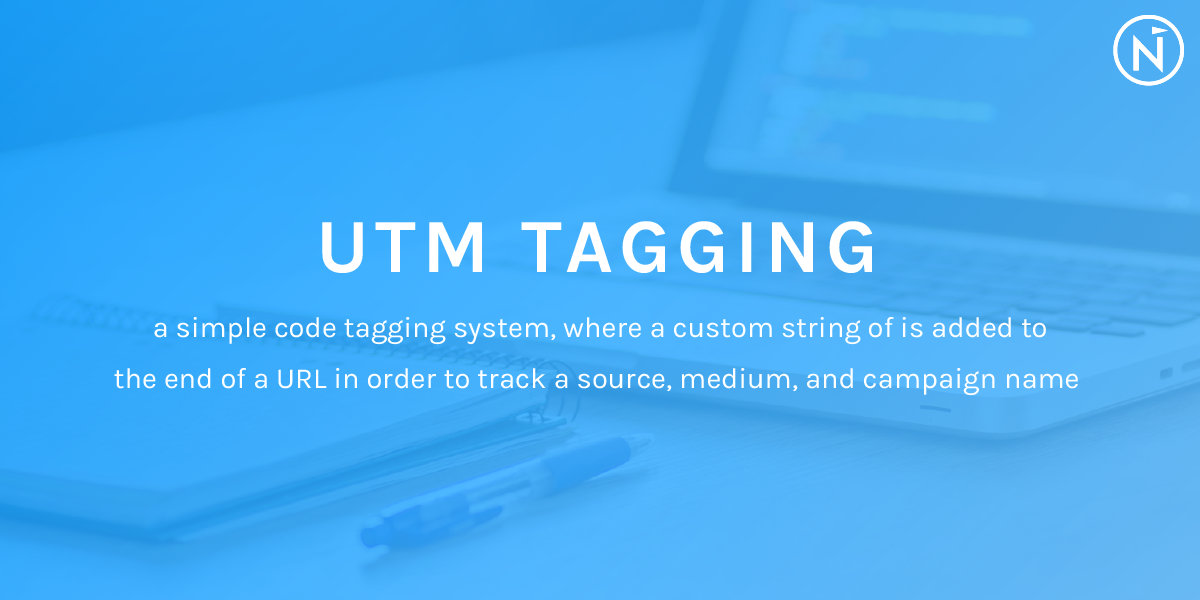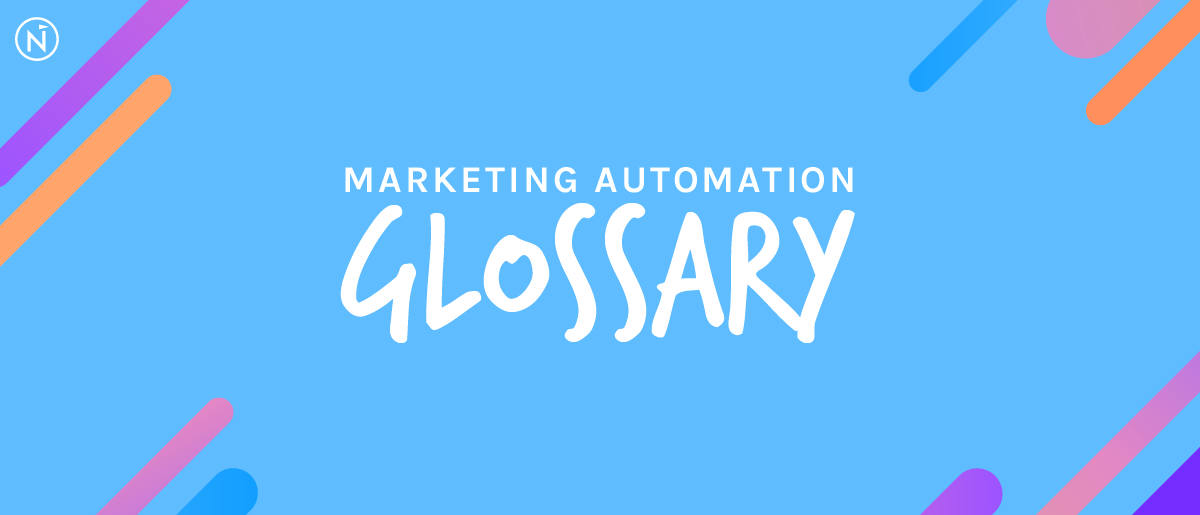
Diving into the world of marketing automation can come with a lot of confusing terms, definitions, and expressions. But we’re a company that values transparency and we believe that all this information should be easier to find… and all in one place.
Therefore, without further ado, we present you… the Marketing Automation Term Glossary! One blogpost to rule them all.
Let’s jump right in!
Marketing Automation
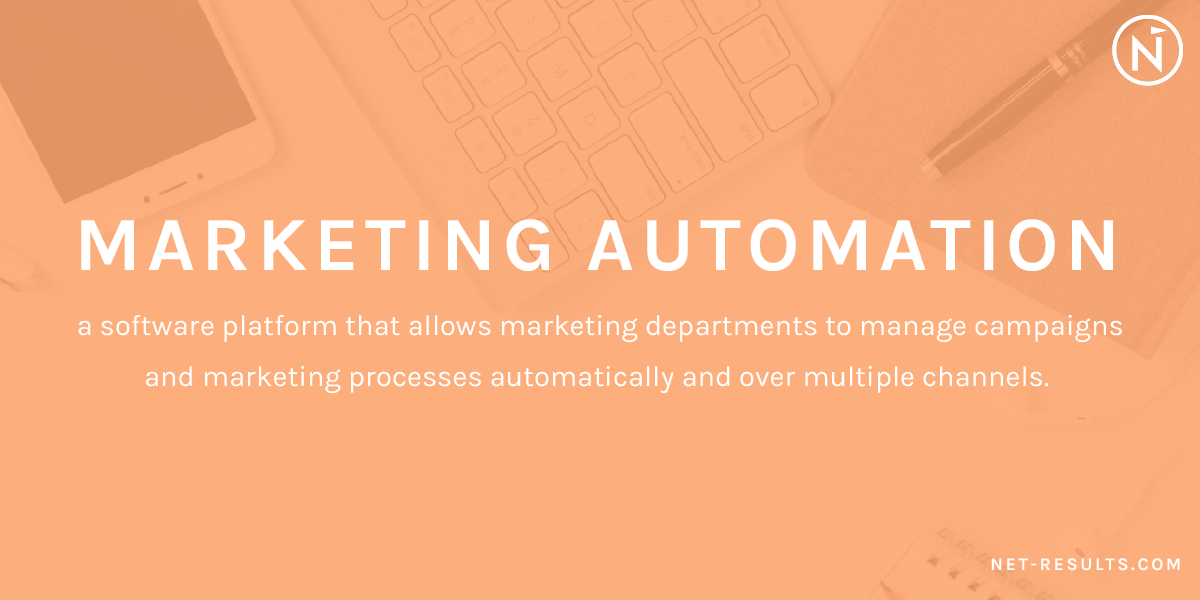
Marketing Automation: a software platform that allows marketing departments to manage campaigns and marketing processes automatically and over multiple channels.
Marketing automation software allows you to (surprise!) automate your marketing processes, giving you the opportunity to scale your interactions with prospects and customers.
In so doing, you can accomplish two very important things for your business. First, it enables you to build a relationship with people that aren’t ready to buy from you yet. Second, it tells you when a prospect’s timing is changing to your advantage.
A true marketing automation setup is multichannel. That means the software allows you to connect to your customers through whichever channel or medium they prefer. It allows you to leverage customer data to send out the right message to the right person at the right time.
If you’re looking for a great, high-level overview of marketing automation software, check out our whitepaper, Marketing Automation 101.
Lead Scoring
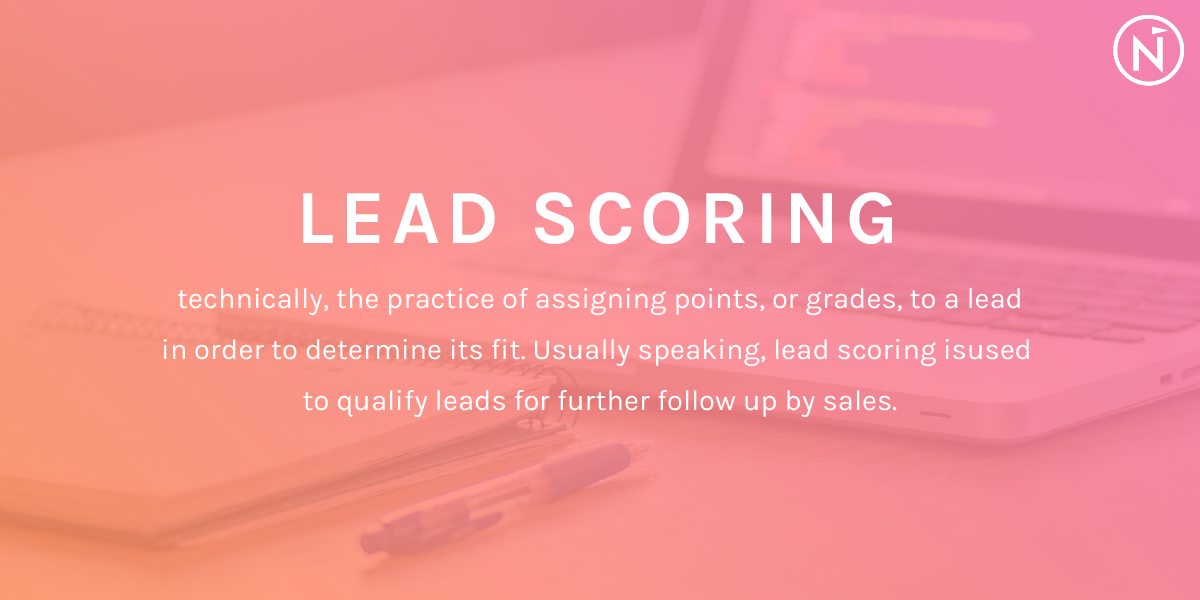
Lead Scoring: technically, the practice of assigning points, or grades, to a lead in order to determine its fit. Usually speaking, lead scoring is used to qualify leads for further follow up by sales.
The lead scoring functionality in a marketing automation platform allows you to automatically assign points (based on a pre-set scoring model) to a prospect based on different actions, behaviors and/or attributes that the platform detects.
For example, you could have the platform assign 1 point for “prospect looked at this particular webpage for this amount of time” and 10 points to “prospect job title is Director.” The more accurate lead scoring rules you set up, the bigger the chance is that you’ll deliver qualified leads to your sales team.
A good Lead Scoring model will also ensure that folks who aren’t ready to talk to a rep will stay in your funnel and continue to receive content until they are ready.
CRM
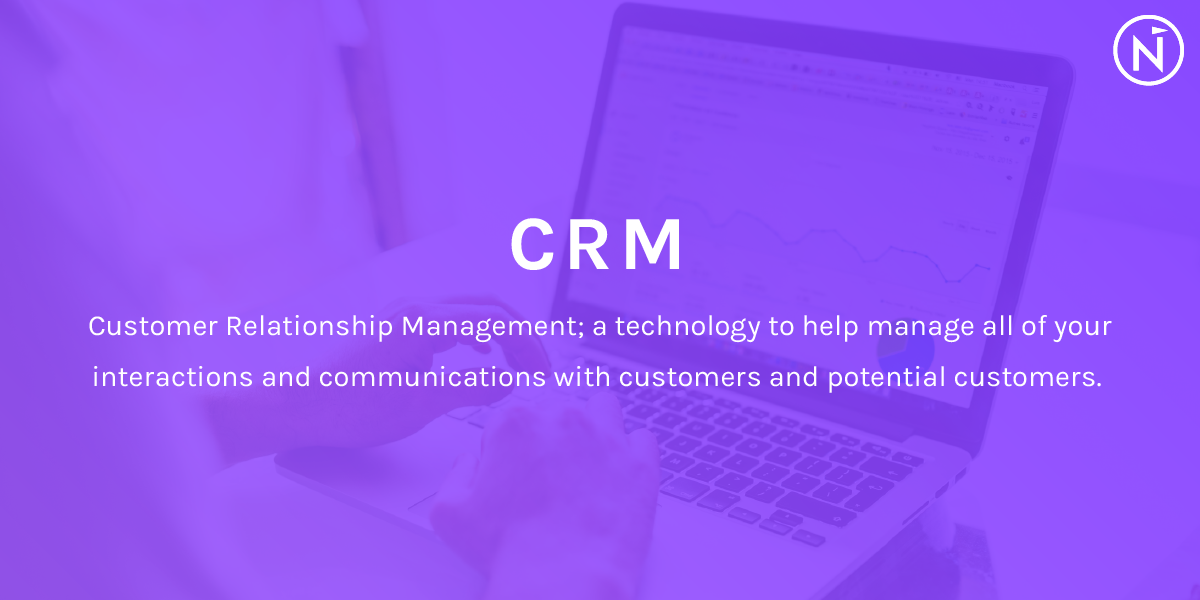
CRM is an acronym for Customer Relationship Management; a technology to help manage all of your interactions and communications with customers and potential customers. Some common examples of CRMs include Salesforce, Microsoft Dynamics CRM and SugarCRM.
CRM and marketing automation are the dynamic duo. By integrating your CRM and marketing automation platforms, you achieve two great things.
First, the sales team will have a complete picture of the leads that come into their world through marketing efforts: what did they read, see or otherwise engage with that turned them into a lead? What is their lead score? How good of a fit are they? What kind of person is this and what are their challenges?
On the other side, the marketing team can tap into all that great sales data and use it in campaigns. They can base marketing content off of opportunity stages in the CRM or know exactly which customers are up for renewal, targeting those with some much deserved love campaigns.
Instead of separately, these two systems can work together to take your sales and marketing operations to a whole new level, which is great, but what does that mean? It means that sales closes more deals. Marketing generates more leads. And both teams work better together than ever before!
Here at Net-Results, we love Dynamics CRM, which is why we’ve worked hard to create the most flexible and stable integration on the market to work with Net-Results and Dynamics.
Bottleneck
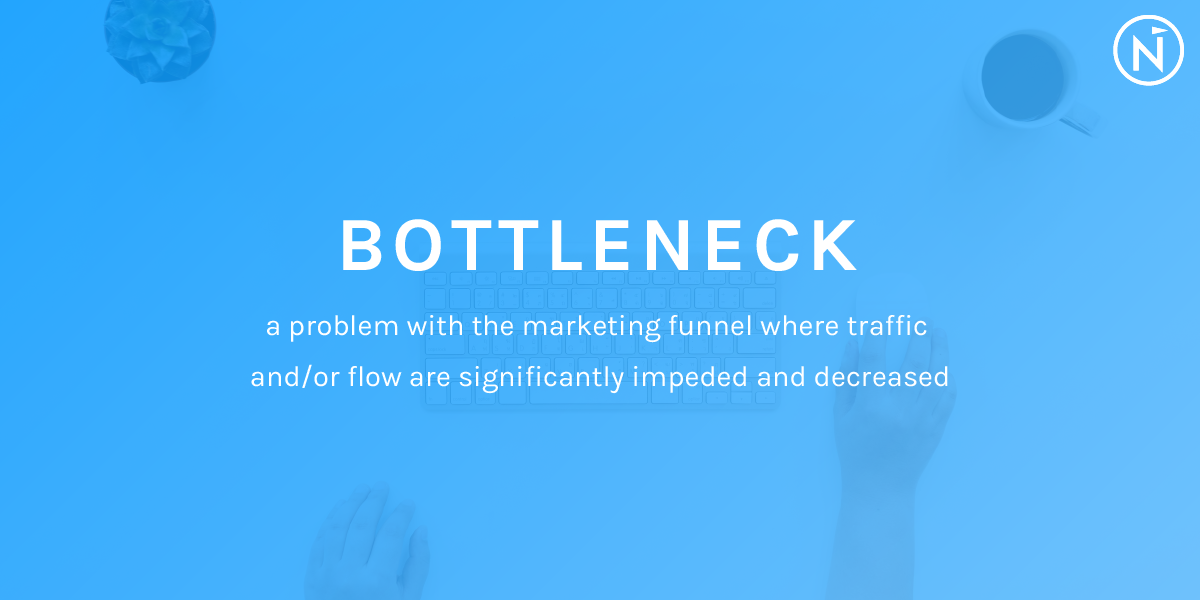
A bottleneck denotes a problem with the marketing funnel where traffic and/or flow are significantly impeded and decreased. Solving a bottleneck usually means improving the flow of prospects and opportunities through your funnel.
A bottleneck could be a lot of different things, such as a landing page that isn’t performing well, an email series that isn’t converting prospects into opportunities, or maybe even a sales process that isn’t leading to the desired outcome.
In many cases, marketing automation software can help you fix bottlenecks. By automating manual labor, or improving communications both internally, as well as externally.
What are the processes you would like your marketing automation software to improve? In addition to creating a strategic context for your marketing automation implementation, this Implementation Guide will also take a practical approach towards fixing stuff.
GET THE WHITEPAPER: Marketing Automation Implementation Guide
Lead nurturing
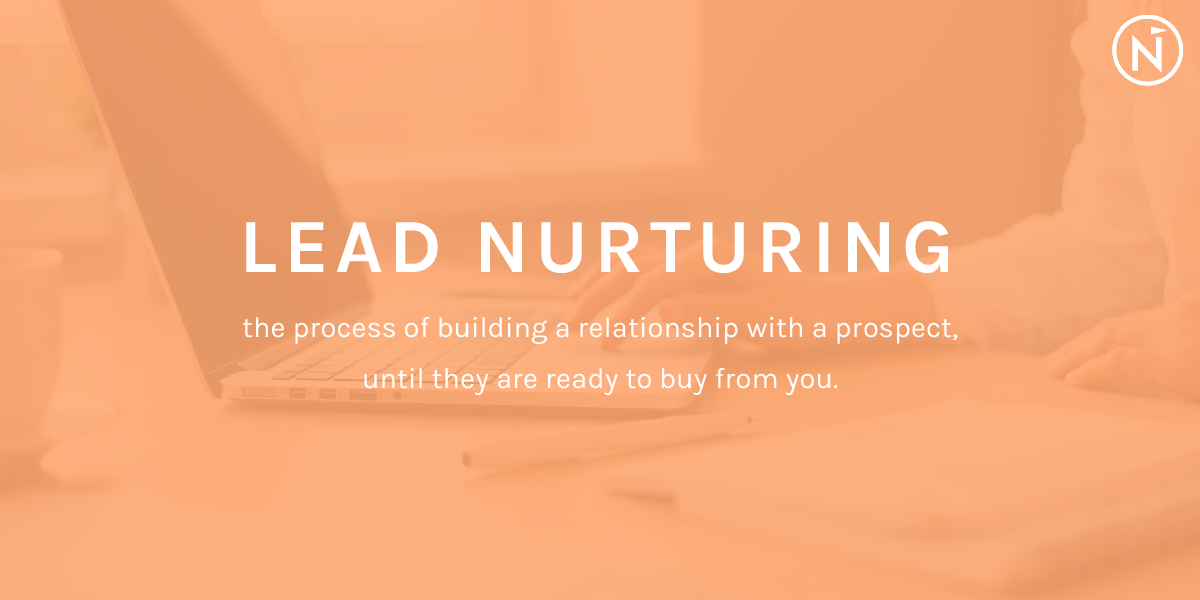
Lead nurturing is the process of building a relationship with a prospect until they are ready to buy from you.
Most prospects you encounter won’t be ready to buy from you instantly, especially in B2B marketing. They are doing their research leading up to purchase and they might be months from a purchase. If you push them towards the sales department now, chances are very low that that conversation will turn into a meaningful opportunity.
So, what do you do? You nurture your prospect. You continue to stay in touch with them over the weeks and months. You provide them with valuable information that helps them on their purchasing journey. You continue to reinforce your value to them and stay top of mind.
Once the moment is right, lead nurturing can mean the difference between a sale and a fail. Using marketing automation software to automate your communications with prospects allows you to recognize when the prospect is getting ready to make a purchasing decision.
SaaS
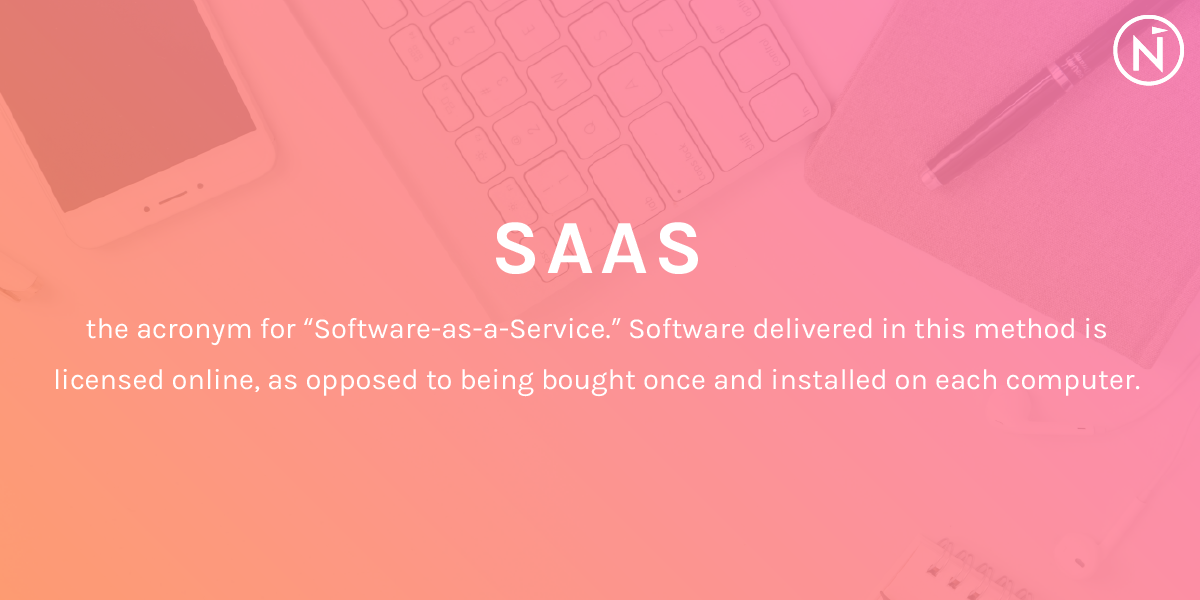
SaaS is the acronym for “Software-as-a-Service.” Software delivered in this method is licensed online, as opposed to being bought once and installed on each computer. Net-Results is a great example of a B2B SaaS company!
Inbound marketing
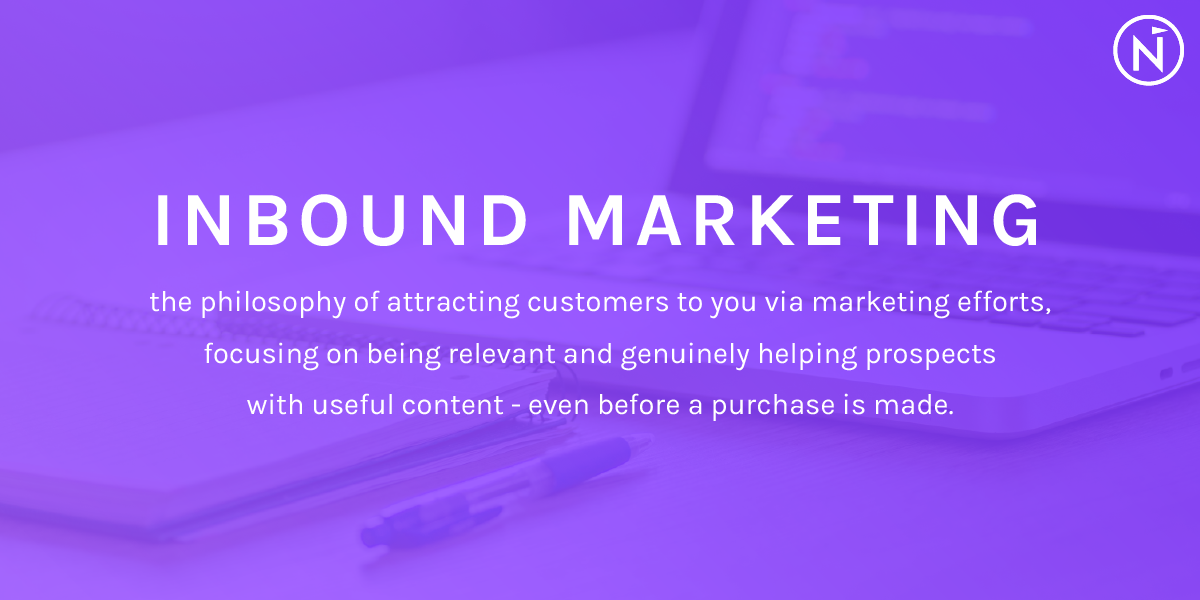
Inbound marketing is the philosophy of attracting customers to you via marketing efforts. It focuses on being relevant and genuinely helping prospects with useful content — even before a purchase is made.
Common forms of inbound marketing include blogging, SEO, social publishing, landing pages, lead generation, and paid search like Google Ads.
Outbound marketing
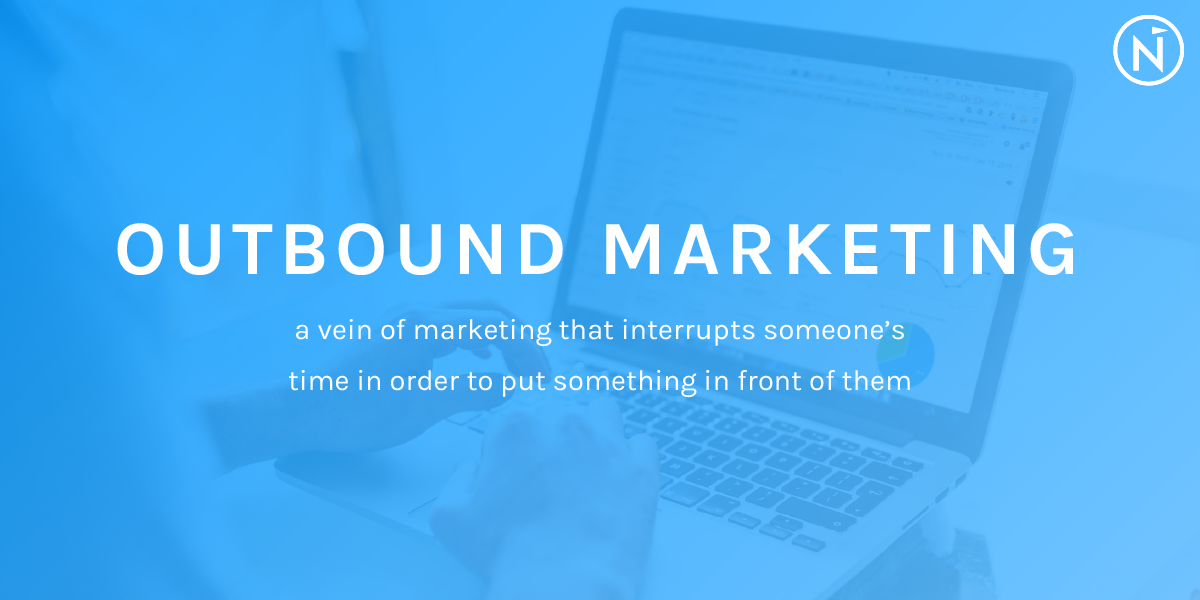
Outbound marketing refers to a vein of marketing that interrupts someone’s time in order to put something in front of them. Cold calling, direct email, print advertising, trade shows, TV commercials, and cold emailing are common forms of outbound marketing.
Bootstrap
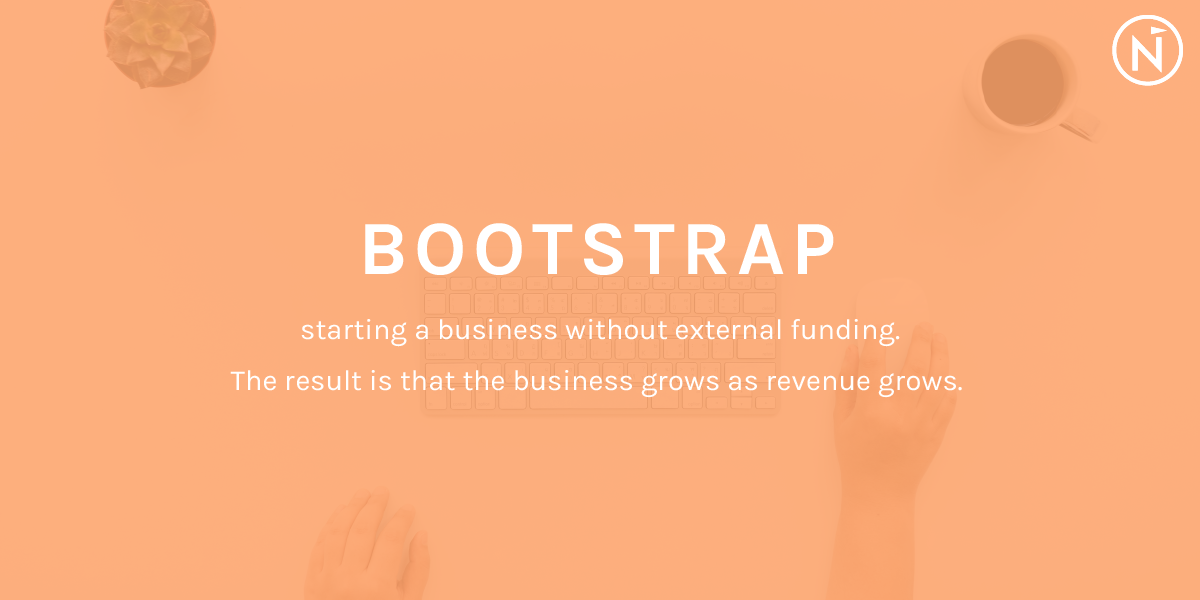
As opposed to collecting money from investors, bootstrapping refers to starting a business without external funding. The result is that the business grows as revenue grows.
The term originated from the saying “pulling oneself up by their bootstraps.” While literally pulling yourself up by your bootstraps is probably not possible, bootstrapping a business definitely is, although it’s pretty uncommon in a lot of spaces.
This is actually the way that Net-Results started. Instead of taking large amounts of money from venture capitalists, we chose to take the route of bootstrapping. The outcome of that was that we’ve spent more time providing the quality experience our customers deserve.
The Customer Journey
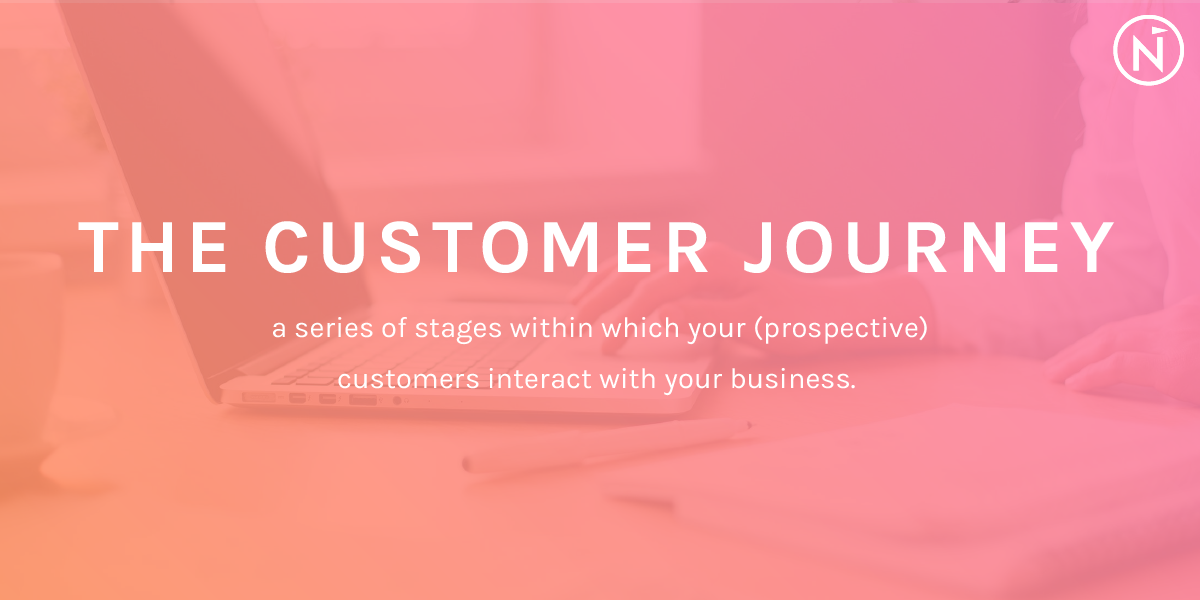
The Customer Journey is a series of stages within which your (prospective) customers interact with your business. The Customer Journey, also referred to as your Sales and/or Marketing Funnel, encompasses all of the marketing, sales, customer support, and account management efforts from the time a prospect comes into your funnel, to the purchase, and through the entirety of the person’s time as a customer.
A clear view on your customer journey and the content you require is needed to make marketing automation a success.
Segmentation
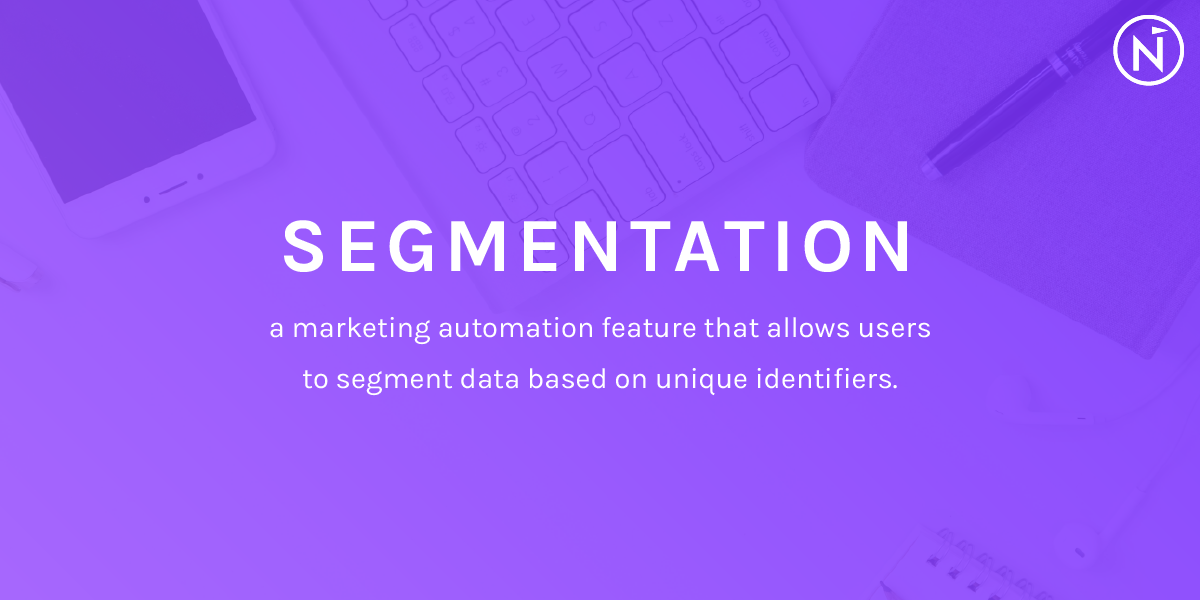
Segmentation is a marketing automation feature that allows users to segment data based on unique identifiers.
Segmentation is one of the powerhouses of marketing automation software. Divide your contacts into different groups based on persona creation, purchase history, lead score, website visits, email opens… and the list goes on and on.
Segmentation significantly increases the chances that you will be able to deliver the right content to the right person at the right time. The feature is useful in creating email campaigns and being able to specifically qualify participants for a campaign (example: is a member of “This List,” traffic source is “Lead Source,” and did visit “This Landing Page”). It’s useful in viewing website visitors, in illuminating your customer journey, and in identifying bottlenecks in your marketing funnel.
Again, we could go on and on, but if you’re interested in all of the Net-Results segmentation abilities, you can also schedule a demo and get a personalized walkthrough of all that Net-Results can do with our awesome segmentation abilities.
UTM Tagging
UTM Tagging is a simple code tagging system, where a custom string of codes is added to the end of a URL in order to track a source, medium, and campaign name. Its use is pretty straightforward: as you work to drive traffic to your website, you “tag” each inbound link with up to 5 UTM “codes” (you’ll also hear them called “UTM tags” or a few other names but they’re all talking about the same thing).
These UTM codes can tell us exactly which marketing efforts are leading to increases in website traffic, lead conversions, opportunities and revenue. UTM tags are used by Google to help define lead sources and filter through other information, and Net-Results supports them too! We use them to track which specific social post or link within a blog post someone used to convert. Pretty cool!
BLOG POST: Where are Your Leads & Revenue Coming From? What’s Working?
So far, so good?
That’s our list for now. Did we miss something? Let us know what you think should be added in the comments and we’ll make it happen!
Also, if you’re new to the Marketing Automation world, don’t forget to check out our free whitepaper, Marketing Automation 101. It’ll give you all the clear, deeper level answers you’re looking for about marketing automation.

